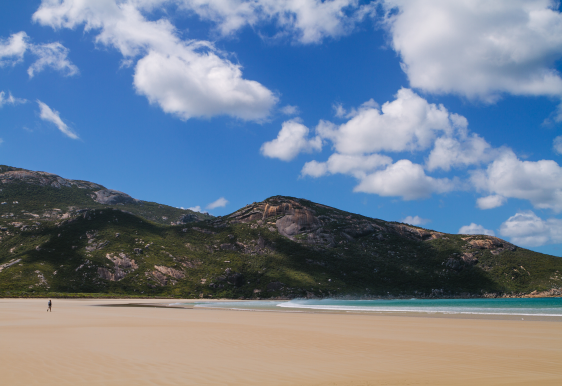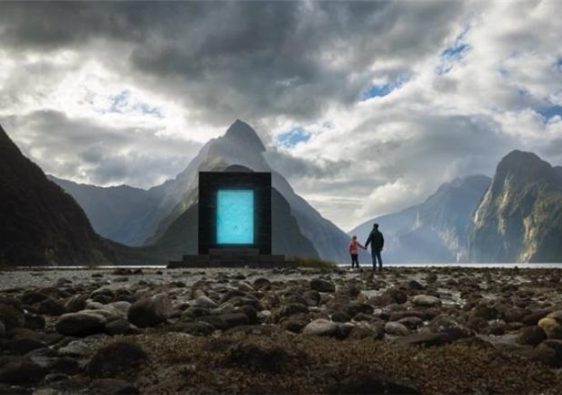According to ministry regulations, these warning signs will be posted under certain conditions advising against crossing the trail: if mountain wind speeds reach or exceed 65 kilometers per hour; if wind speeds reach or exceed 50 kilometers per hour with over 10 millimeters of rainfall; if perceived temperatures drop below minus 10 degrees Celsius on sunny days; or if temperatures drop below zero degrees Celsius with accompanying rainfall.
Chapman, a staff member at Tongariro National Park, stated: “Many tourists lack outdoor experience and do not fully understand how quickly weather can change in New Zealand’s alpine environments. Even on sunny days it can suddenly become windy or snowy; temperatures can drop below freezing even during summer. Hypothermia and getting lost due to adverse weather are common rescue scenarios.”
Located in central North Island, Tongariro National Park is a UNESCO World Heritage site celebrated for its stunning alpine landscapes. The trail offers views of forests, snow-capped peaks, and vibrant volcanic lakes—making it one of the world’s most popular hiking destinations. Warmer weather from November through April marks peak tourist season. However, officials warn that many international visitors are unaware of potential hazards associated with alpine trekking.
Incomplete statistics reveal that since last September, at least five hikers have died on this trail. The New Zealand Mountain Safety Council reports that over 10% of all outdoor rescues in New Zealand are related to this trail—the highest rate among all outdoor activities.
Chapman added: “We hope these warning signs will help visitors better assess weather conditions and their own physical state so they can make safer decisions.”



